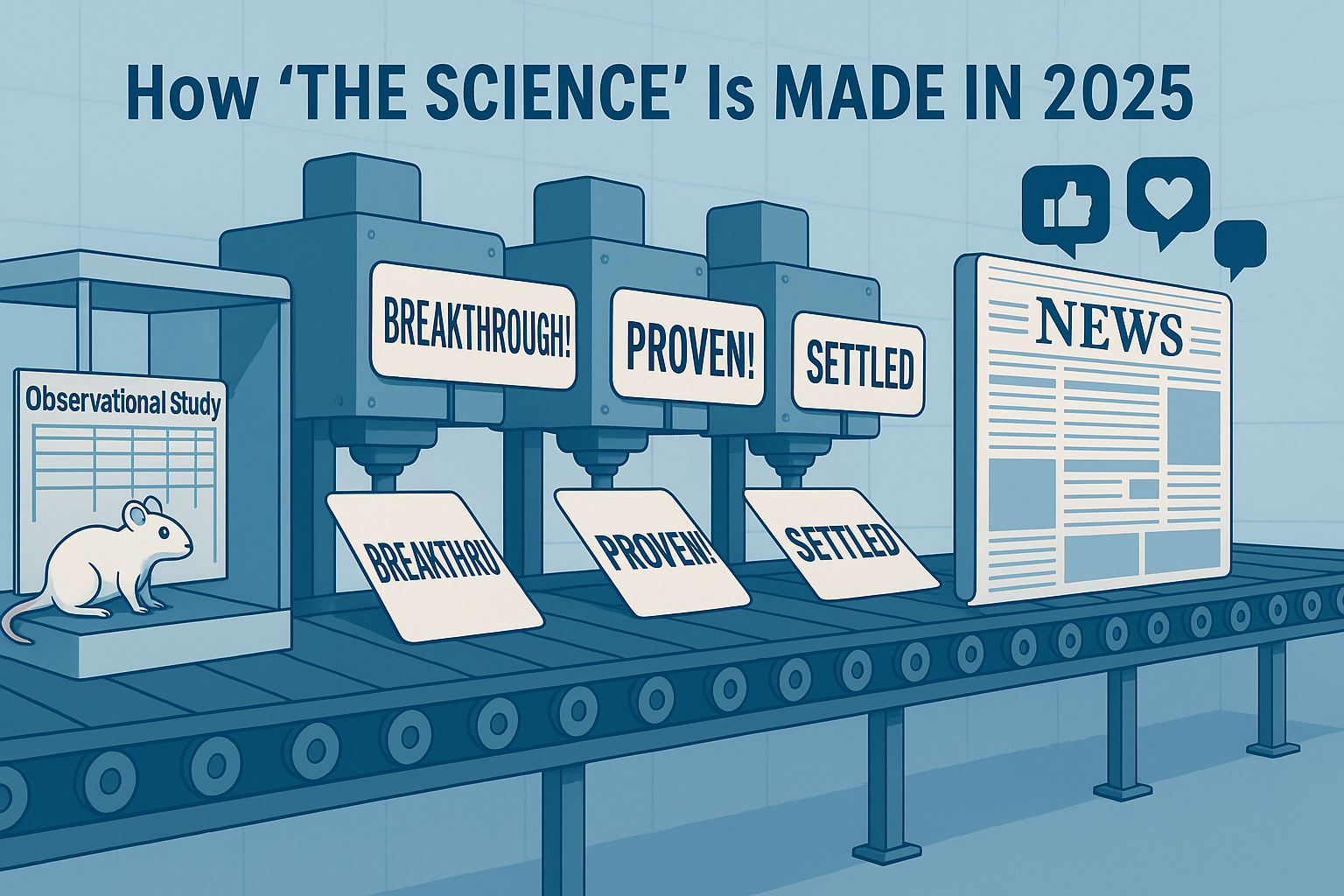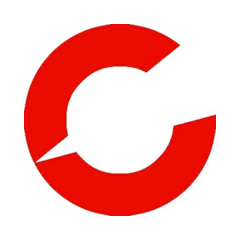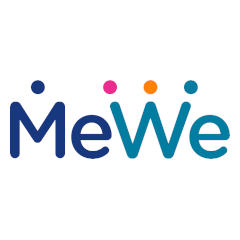
Health Freedom Defense Fund is exposing how recent scientific "breakthroughs" in medicine are strategically being presented to the public, using weak, early studies and limited evidence. It is a playbook that employs financial influence, misrepresentation of data, and outright conflicts of interest to drive an agenda that serves a few corporations and researchers. Unreliable information disempowers the public from exercising true informed consent to any medical procedure or drug.
This pattern emerged twice during a single week in October, with sensationalist claims about vaccines, specifically that 1) mRNA injections improve cancer treatment outcomes[1], and 2) that the shingles vaccine miraculously decreases dementia, heart attack, stroke, blood clots, and can even delay death.[2]
In the first case, the authors declare direct financial interests in mRNA technology, and in the second case, the lead author of the "study" is himself a pharmaceutical executive for a company that profits from the sale of the shingles vaccine.
And yet, both these claims were circulated worldwide to much fanfare by the media, medical associations, and on social media, when only a single-page summary had been presented at a private conference in each case. No backing data was available to journalists or the public until after the stories ran. The research paper for the first claim was published in Nature after the media hype, but it is observational and retrospective, which by definition cannot identify “causality” of any variable or intervention.[3] The second observational paper about the shingles shot is still unavailable, but the claims continue to circulate.
The steps for this playbook broadly include the following major areas of action:
- Purchase industry influence: Pharmaceutical industry dominates the general news media as the #1 advertiser in terms of dollars and air time. Many of these ads are for very rare conditions, which raises the obvious question: Is this to drive interest in the drug that most physicians would be aware of any way for a person with a rare condition, or are these ad purchases designed to make news programs dependent on the pharmaceutical sector for financial survival? Some news programs in a given year receive between $10 and $20 million per month from pharmaceutical advertising, the lion's share of their revenue.[4]
- Present a hypothesis as a proven fact: Increasingly, the standards for quick journal publications (particularly related to covid or vaccines) are dropping[5], and many public-facing physicians are "for sale" to the highest bidder. But publication is not even required to make a claim now, as very little scientific rigor is required to present a 1-page "abstract" (summary) poster at a corporate-funded scientific conference. In the case of both the examples above of wild vaccine benefit claims, both studies are backward-looking (retrospective) and non-experimental. Once a poster is merely presented, it can be dressed up by media operations as "scientists claim a breakthrough" without the study details, which if shared could undermine or contextualize such a claim early on.
- Multiply the message among the public: By using paid social media influencers, and sympathetic news media segments from compliant media organizations, companies issue dramatic press releases, often peppered with the names of famous universities or medical societies that have not actually reviewed or endorsed the merits of the research. University PR offices (which have no scientists working in them) will generally embrace any claim a university's affiliated researchers might make without looking deeply at the question. Critically, pharmaceutical companies also hire physicians that operate seemingly full-time on social media, to amplify these messages. A recent study in JAMA found that 90% of doctors that endorsed a drug or pharma intervention on social media were directly paid by pharmaceutical companies, with an estimated $2.46 billion going directly to physicians in the US in 2022 alone from the sector.[6] The average physician received just under $30,000 in that study, and more recently, physicians and influences are being paid by the number of views they receive for these messages.
- Leverage the journals: It is no surprise that heavily corporate-funded, high-impact journals increasingly accept and present these "hot", sensationalist studies, far more than the underlying science merits. Science journal revenue streams are dominated by the pharmaceutical sector's advertising and article re-printings for their public and medical relations teams and the implications for not "playing ball" are quite clear financially. In fact, in 2011, 41% of the Lancet’s revenue came from reprints[7]. Pharmaceutical companies also pay off the peer reviewers at the Journals- careful analysis of almost 2000 peer reviewers has revealed that over 58% of these sample peer reviewers take thousands of dollars from pharmaceutical companies and device companies[8].
- Drive traffic and funding: This approach drives traffic/page views to online journals, and if this excitement can generate public demand to fund more such "breakthroughs", this can lead to grants and public or private investments to subsidize pet research areas. It can even drive pressure to approve drugs or devices from the public. Critically, controversial research also increases the citation count by other researchers, which (despite the tabloid nature of this approach) drives the "impact rating" of these journals even higher by virtue of the citation mentions.
All of this can be achieved without a rigorous clinical trial or experimental research design. Increasingly fewer experimental results are now needed to make extraordinary claims in the national media. This playbook is not only dangerous because it cynically manipulates public perception, generates profits, and drives funding for research areas that may benefit very few, but also because it takes advantage of public trust in public-oriented medical professionals who are increasingly mercenaries for industry.
Further details on this playbook, and how the process works to move a simple, flawed study into a national news story and a scientific "breakthrough", are available here from Health Freedom Defense Fund.
[1] https://www.nbcnews.com/health/cancer/cancer-fighting-mrna-vaccine-may-already-rcna238197
[2] https://www.cidrap.umn.edu/misc-emerging-topics/shingles-vaccine-linked-lower-heart-attack-stroke-risk
[3] https://www.nature.com/articles/s41586-025-09655-y#Abs1
[4] https://www.adweek.com/adweek-wire/ispot-data-reveals-just-how-much-pharma-brands-are-spending-on-tv-advertising/
[5] https://journal.paho.org/en/articles/scientific-publication-speed-and-retractions-covid-19-pandemic-original-articles
[6] https://jamanetwork.com/journals/jama/fullarticle/2819356
[7] https://qz.com/2121448/medical-journals-have-incentives-to-publish-positive-drug-studies
[8] https://pmc.ncbi.nlm.nih.gov/articles/PMC11539007/














